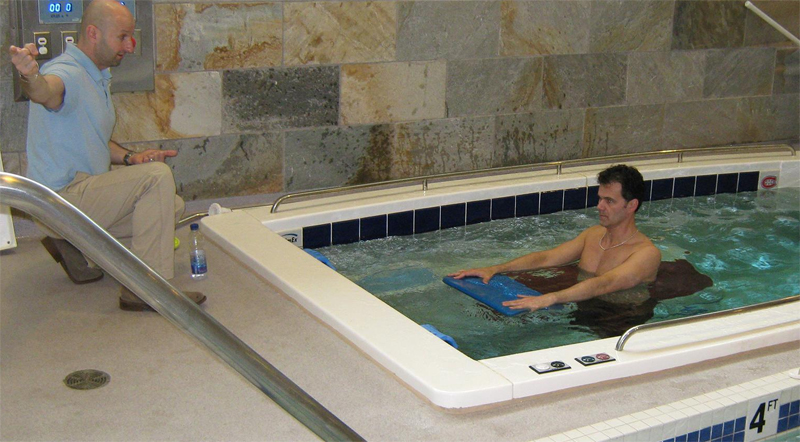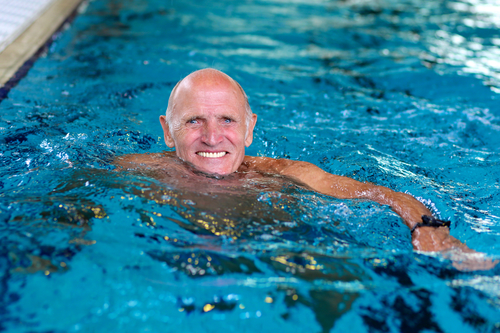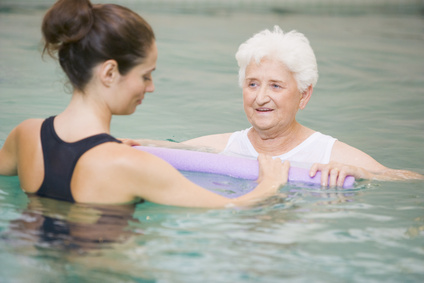Why Physical Therapy is Good for Women’s Health
Women’s health concerns are much more complex than men’s and with the help of physical therapy (also called physiotherapy in many parts of the world), many of these issues can easily be remedied or addressed. There are main factors that greatly differentiate men from women. Of these, it is important to highlight three: menstruation, pregnancy and lactation. These bodily changes in a woman are mostly influenced by hormonal fluctuations and can also be a reason for mood swings and differences in behavior.


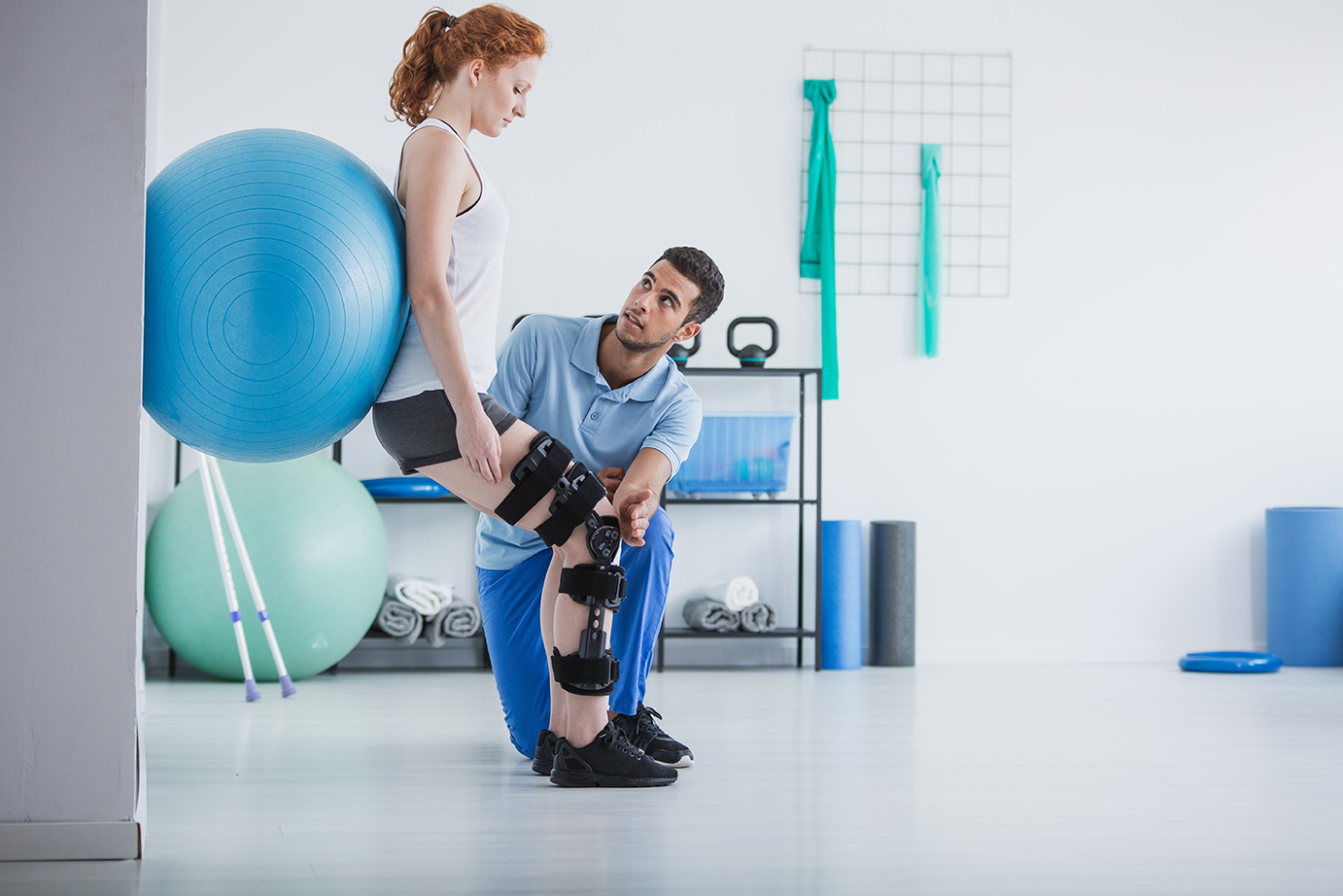
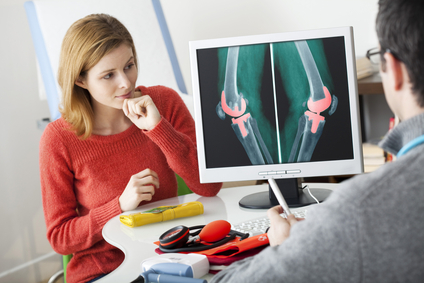
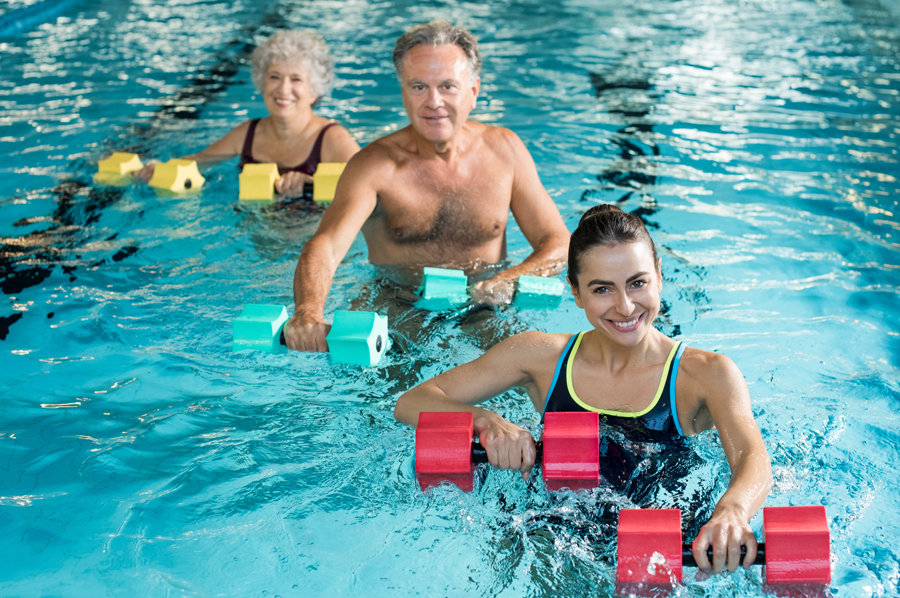
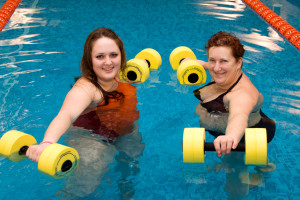 There has been extensive research to explore the various uses, aides, restrictions, and safety measures relating to the use of water and the individual who chooses aquatics as a form of therapy or training. Included in that work is a variety of patient diagnosis, current states of health and the necessary modifications for particular swim strokes, stability, and safety.
There has been extensive research to explore the various uses, aides, restrictions, and safety measures relating to the use of water and the individual who chooses aquatics as a form of therapy or training. Included in that work is a variety of patient diagnosis, current states of health and the necessary modifications for particular swim strokes, stability, and safety.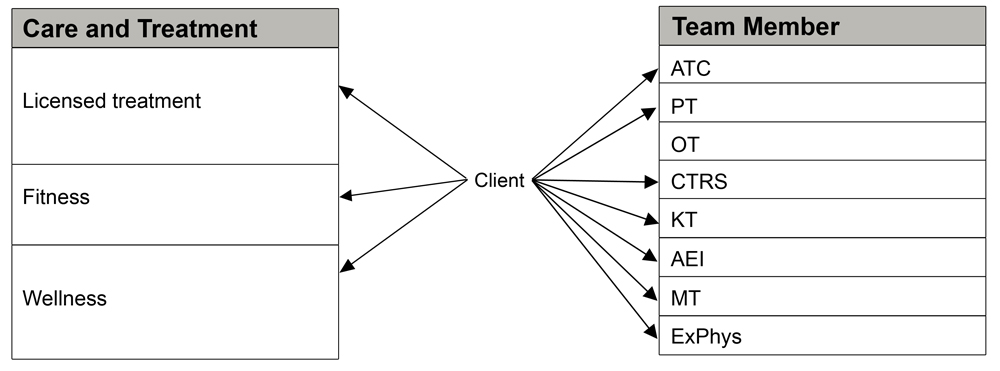
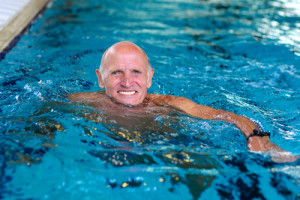 The modifications that have to be made for an individual with an upper body amputation will differ from the modifications that need to be made for someone with a lower body amputation. The location of the amputation of the limb is also relevant to the necessary adjustments. The adjustments and aides for someone who has suffered from cerebrovascular hemiparesis will be different from someone who suffers from arthritis pain or who is a paraplegic.
The modifications that have to be made for an individual with an upper body amputation will differ from the modifications that need to be made for someone with a lower body amputation. The location of the amputation of the limb is also relevant to the necessary adjustments. The adjustments and aides for someone who has suffered from cerebrovascular hemiparesis will be different from someone who suffers from arthritis pain or who is a paraplegic.